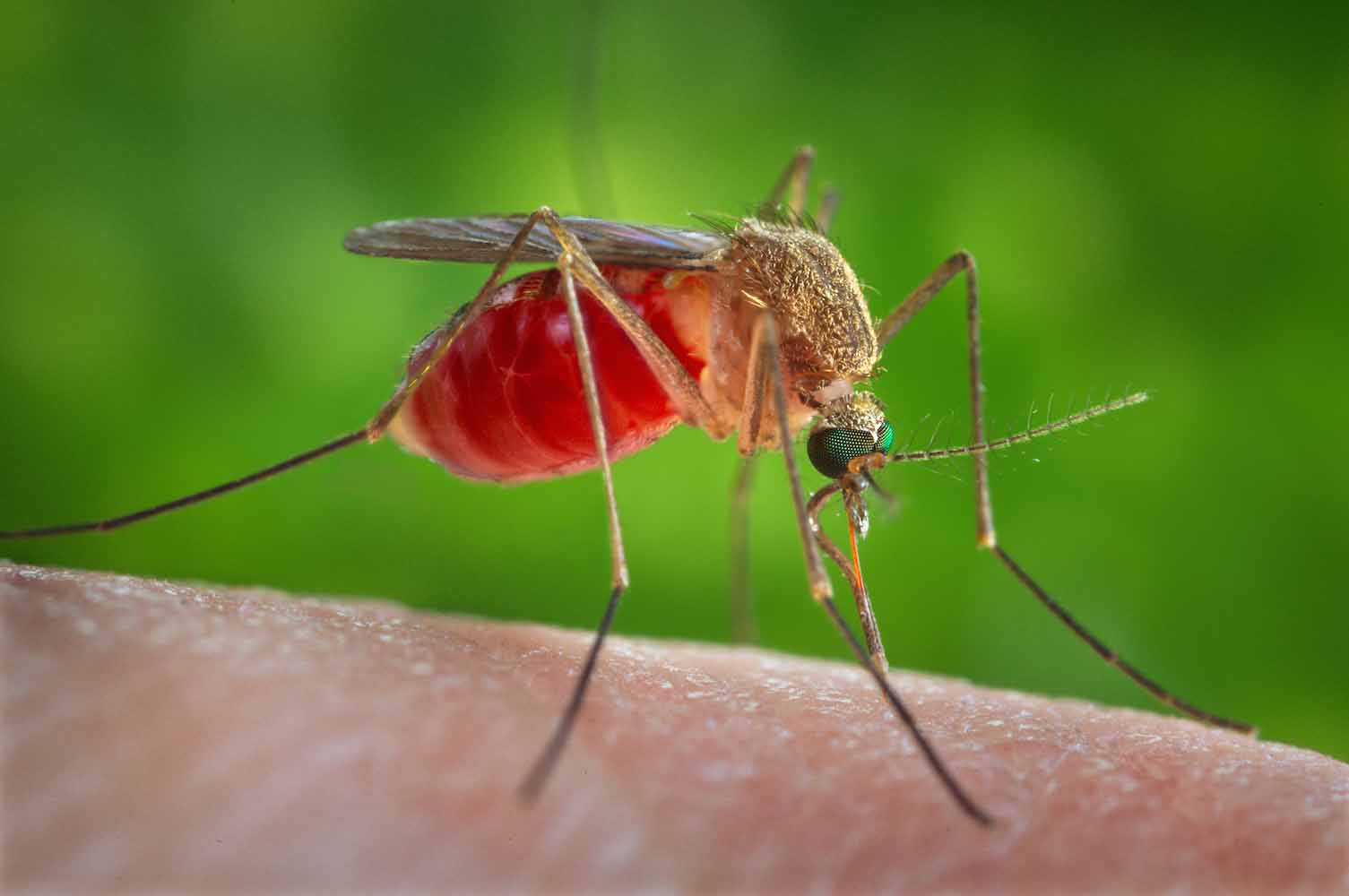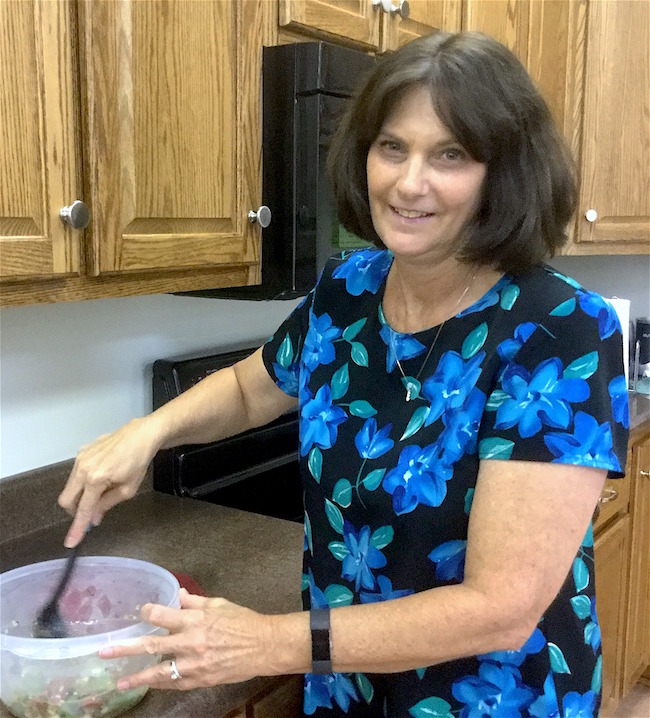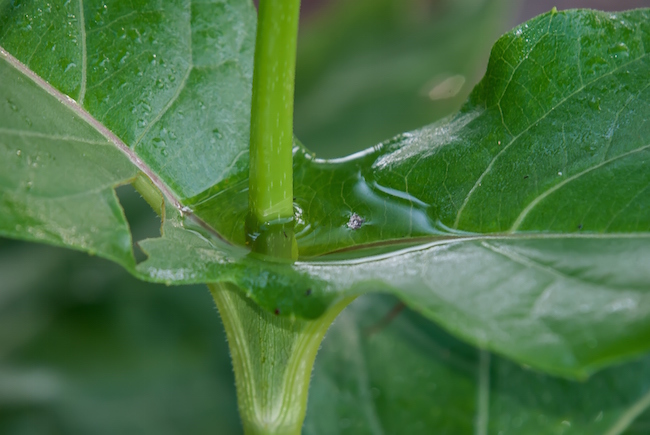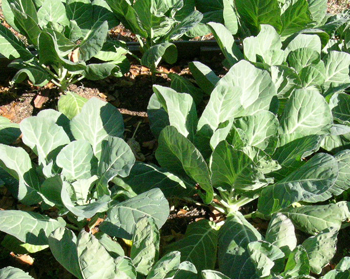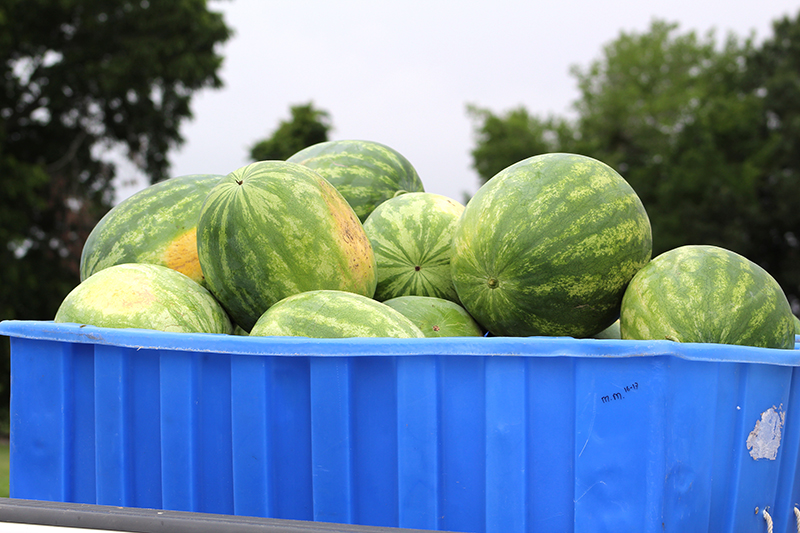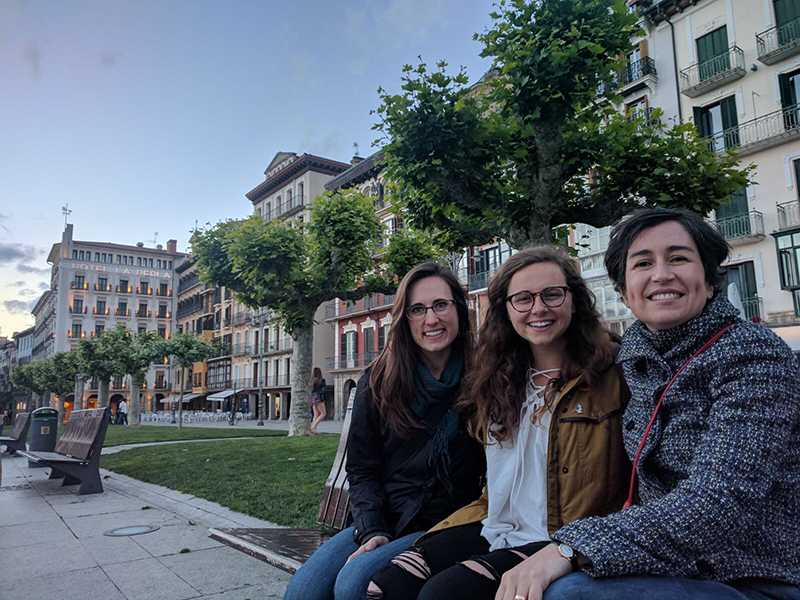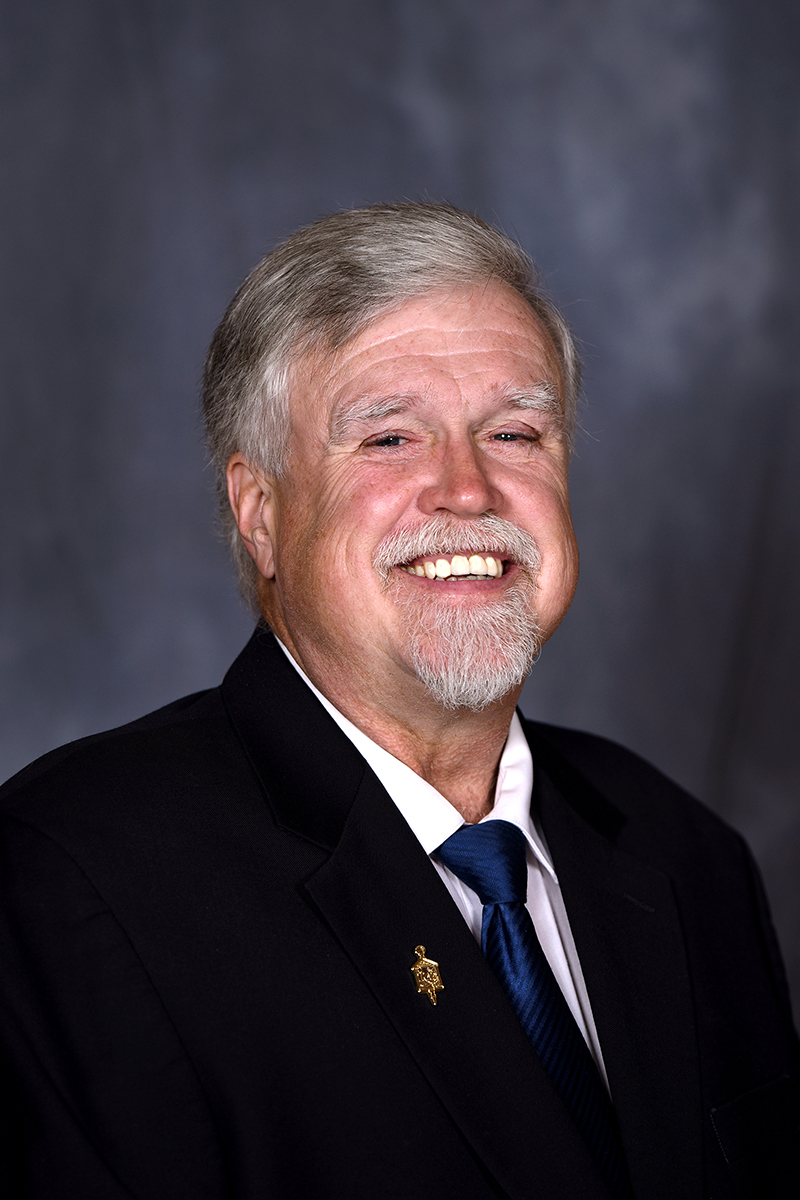 CAES News
CAES News
Cyberbullying
Teenagers spend a lot of time online. Social media activity carries clout among teens, and can empower cyberbullies, which is why parents should be prepared to help their children cope with social pressures online.

